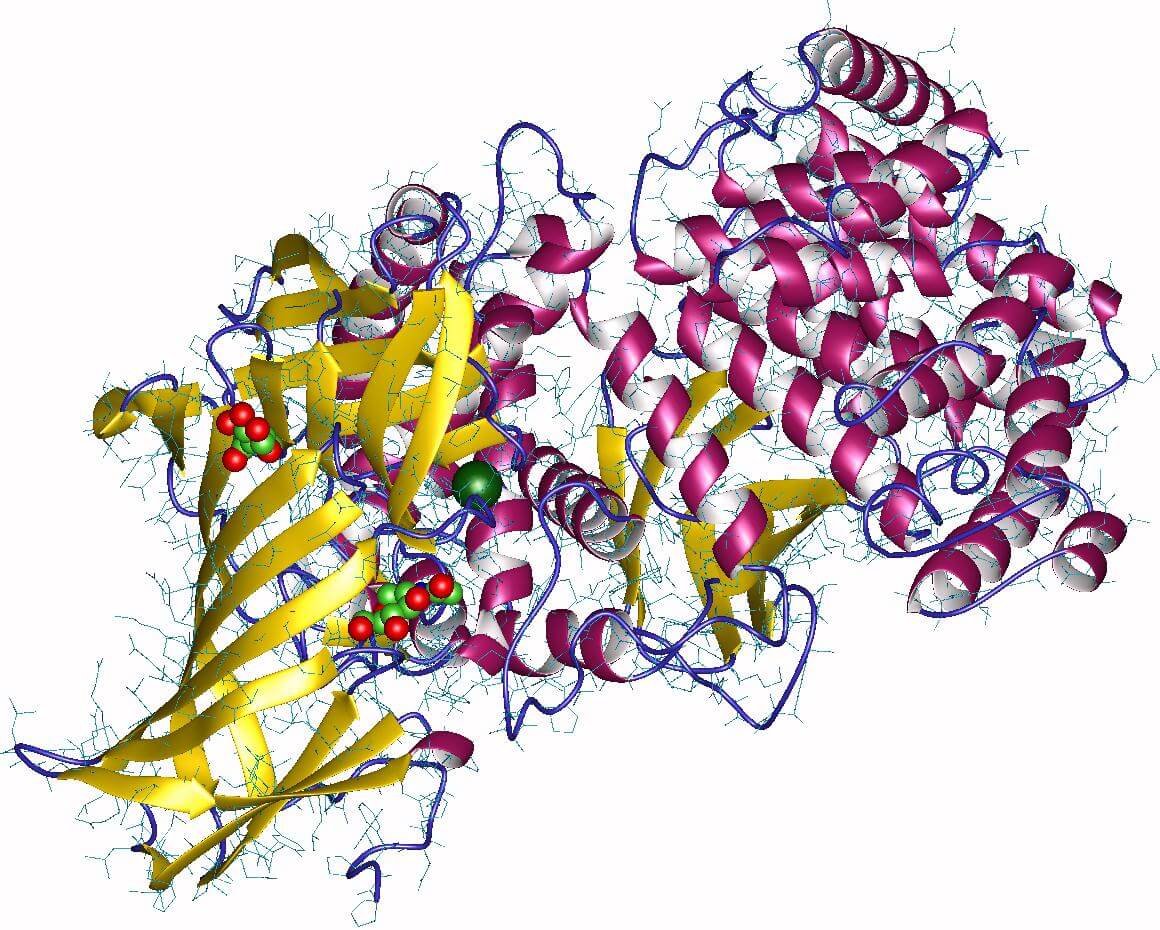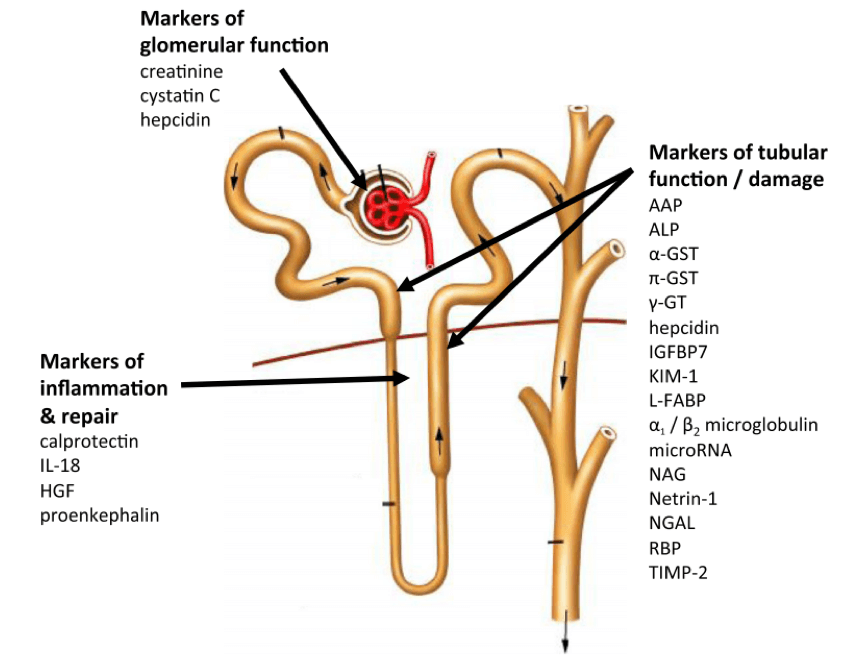As a preeminent contract antibody development company, Creative Biolabs offers high-quality in vitro diagnostic (IVD) antibody development services targeting a wide range of biomarkers. Here, we focus on the alanine aminopeptidase (AAP) marker of kidney diseases. We are committed to providing the highest quality of custom services and products at the most reasonable prices.
Alanine Aminopeptidase
Alanine aminopeptidase (AAP), also known as cytosol alanyl aminopeptidase or puromycin-sensitive amino peptidase, is an enzyme that normally occurs in healthy kidneys. Aminopeptidases belong to the group of exopeptidases that split single amino acids from the N-terminus of the peptide chain. AAP in urine is predominantly released from the brush border membrane of the renal proximal tubule. This enzyme plays a part in the final digestion of peptides which are generated from hydrolysis of proteins by gastric proteases and pancreatic proteases. APP is also involved in the processing of various peptides such as peptide hormones, like angiotensin III and IV, chemokines, and neuropeptides. Additionally, it may also contribute to the cleavage of peptides bound to major histocompatibility complex (MHC) class II molecules of antigen presenting cells, and plays a role in promoting cholesterol crystallization as well as angiogenesis.
 Fig.1 Structure of alanine aminopeptidase.Distributed under CC BY 3.0, from Wiki,
without modification.
Fig.1 Structure of alanine aminopeptidase.Distributed under CC BY 3.0, from Wiki,
without modification.
Diagnostic Utility of AAP in Kidney Disease
The most promising biomarkers for an early detection of acute kidney injury (AKI) are those enzymes that released from damaged tubular cells and excreted into urine. APP is located in the small-intestinal and renal microvillar membrane, and also in other plasma membranes, as a superficial cytoplasmic component. And it can probably be released by simple avulsion due to the laminal flow within the tubules. This process would not impact the integrity of the tubular cells. Because of the peripheral location, it is obviously known that even slight damage to the tubules caused by nephrotoxic substances may result in urinary excretion of AAP. Accordingly, AAP has an obvious diagnostic benefit since their measurements may reveal detailed information about the nature, size and site of the impairment to tubular cells and their possible dysfunction or necrosis.
 Fig.2 Biomarkers of AKI.1
Fig.2 Biomarkers of AKI.1
IVD Antibody Development Service Targeting AAP Marker
AAP has been commonly applied as a biomarker for detecting damage of the kidneys caused by drugs and other agents and it may also be applied for diagnosing certain kidney disorders. Through our role as a leading antibody service provider, Creative Biolabs is well-positioned to develop high-quality anti-AAP antibodies for diagnostic uses. Besides antibody generation, Creative Biolabs also offers diagnostic immunoassay development services, including feasibility analysis, assay design, assay protocol establishment, assay optimization, and kit production. If you are interested in our IVD antibody discovery services, please contact us for more details.
Reference
- Ostermann, Marlies, and Michael Joannidis. "Acute kidney injury 2016: diagnosis and diagnostic workup." Critical care 20 (2016): 1-13. Distributed under Open Access license CC BY 4.0, without modification.
For Research Use Only.

